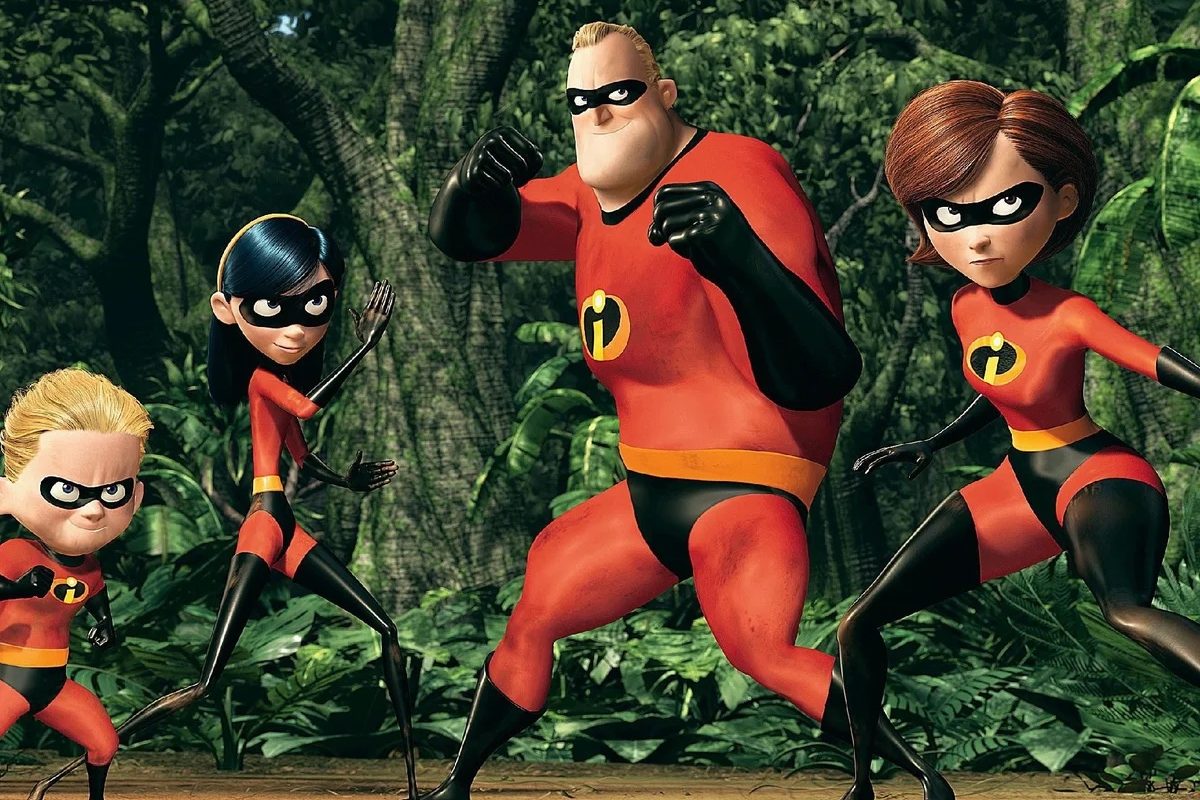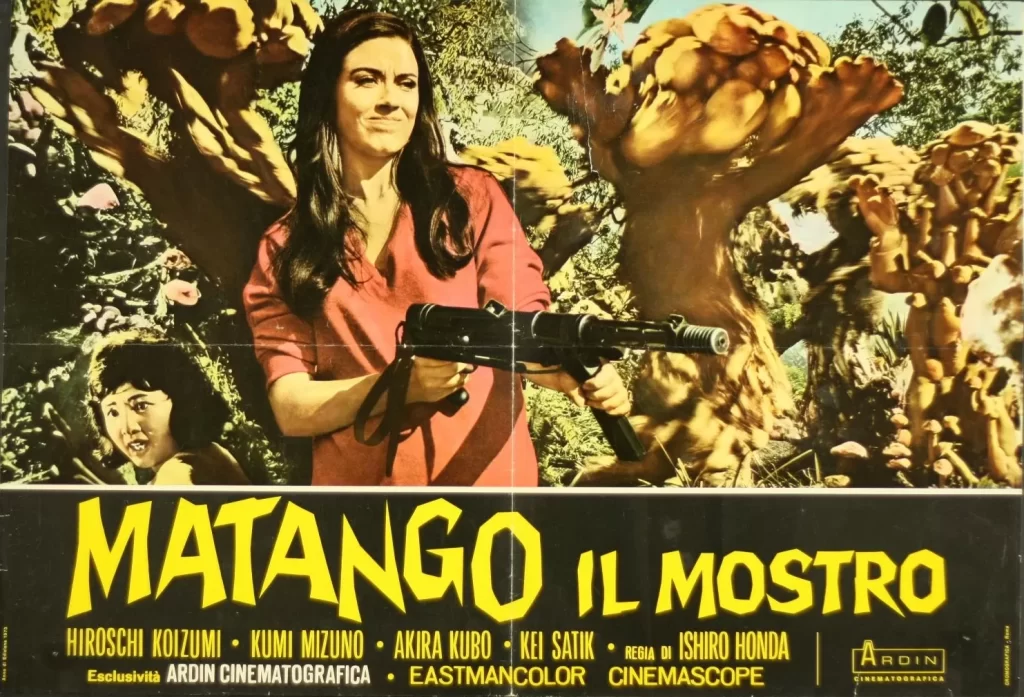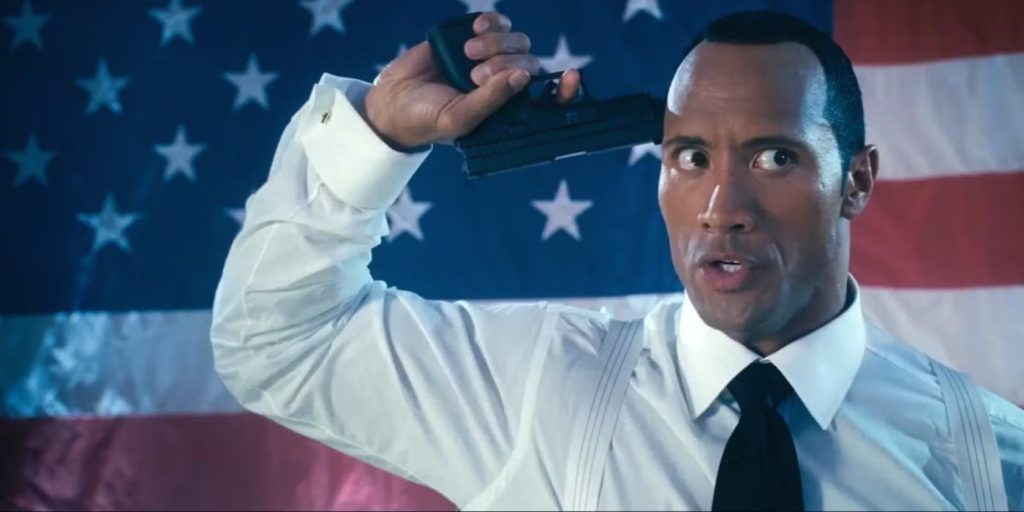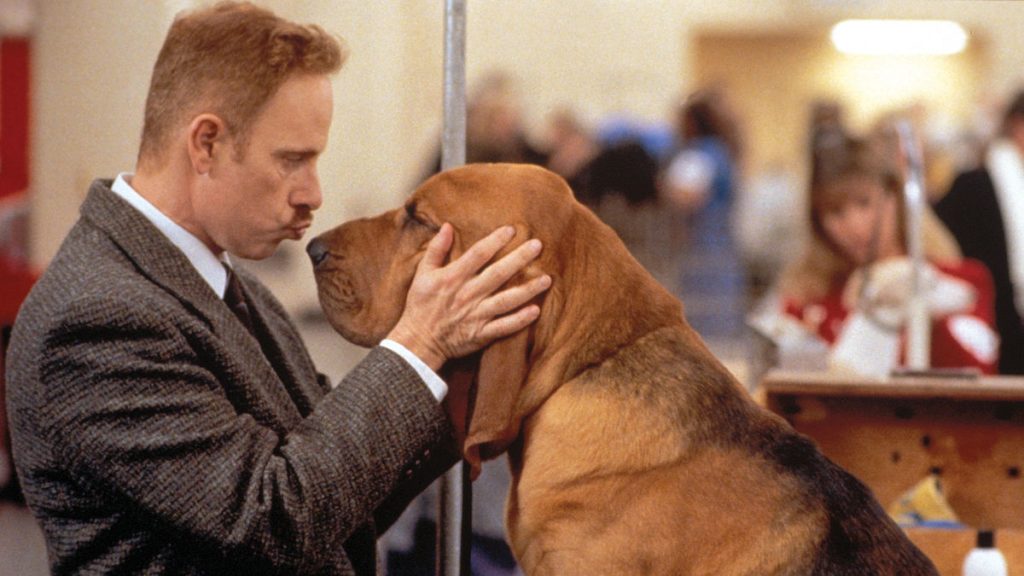For almost three decades, Pixar Animation Studios has served as an intriguing side note to the long-held concept of the auteur theory. As is the case with most animated films, Pixar movies are largely designed by committee, and have been since their debut feature, the 1995 adventure-comedy Toy Story. Even as some of the studio’s longest-serving animators ascend the leadership ranks (Pete Docter), move into the world of live-action (Andrew Stanton), or leave the studio in acrimony (John Lasseter), Pixar is defined by its universes as opposed to singular filmmakers. November of 2024 marks the anniversary of two very different Pixar films, one of which is a true auteurist project from a single writer/director, who was making his first movie for the studio; the other wasn’t just designed by committee, it was completely overhauled in nine months. And yet, the 2004 film The Incredibles and the 1999 sequel Toy Story 2 are widely, and correctly, considered among the studio’s finest efforts.
Toy Story 2 was an inevitability; the massive success of the original—along with the general appetite Disney CEO Michael Eisner had for sequels—meant Sheriff Woody and Buzz Lightyear would return sooner than Pixar may have expected or wanted. But it’s a testament to Pixar, a studio long thought of for their strikingly original stories and high-concept premises, that Toy Story 2 remains the best sequel they made, all while giving us more of what we came to expect from the first movie: tensions running high between toys that come to life when their owners leave the room, memorably funny setpieces, and the commonplace bureaucracies of human existence being acted out by anthropomorphic inanimate objects. (That latter idea, in how it applies to so many non-human characters, is extremely pervasive in Pixar films.)
The Incredibles was the exact opposite of an inevitability. It wasn’t just the first Pixar film written and directed by the same person, Brad Bird, but Bird wasn’t even part of the original core braintrust at Pixar. What’s more, The Incredibles is Pixar’s first human-focused film, specifically about those gifted with superpowers like super-strength, speed, and elasticity. Bird, while new to Pixar, was not new to animation, making the brilliant The Iron Giant after serving as a longtime creative consultant on The Simpsons. The Incredibles blends propulsive action (far more intense than anything Pixar had made before, with actual blood as well as children actively threatened by a super-villainous madman) with sly, knowing humor. That said, its underlying message about being gifted owes a dubious debt to the works of Ayn Rand, with the evil Syndrome (voiced by Jason Lee) depicted as odious because he wants to enable regular people to have the ability to harness superpowers because “when everyone’s super, no one will be.” (This, in spite of the fact that Syndrome’s hatred of the heroic Mr. Incredible begins with the latter getting frustrated at how the former, as a youth, idolizes him.)
The Incredibles, it should be noted, works in spite of the Randian aspects; a hero grousing that he has to hide his powers, and those of his super-fast son, does eventually lead to the entire family embracing their inner strengths, prompting an action-packed second half that rivals the setpieces in any Marvel movie. But Bird’s unsubtle commentary about exceptionalism isn’t as clever as how he gave hisAmerican nuclear-family unit applicable powers. Helen Parr/Elastigirl is super-stretchy to align with how moms are pulled in different directions;Violet’s blend of invisibility and a force field reflect her inner teenage turmoil. And the commentary on exceptionalism is better served in Bird’s 2007 follow-up, the top-tier Ratatouille, in which the uncompromising culinary artiste is an anthropomorphized rat who just happens to be the best chef in Paris.
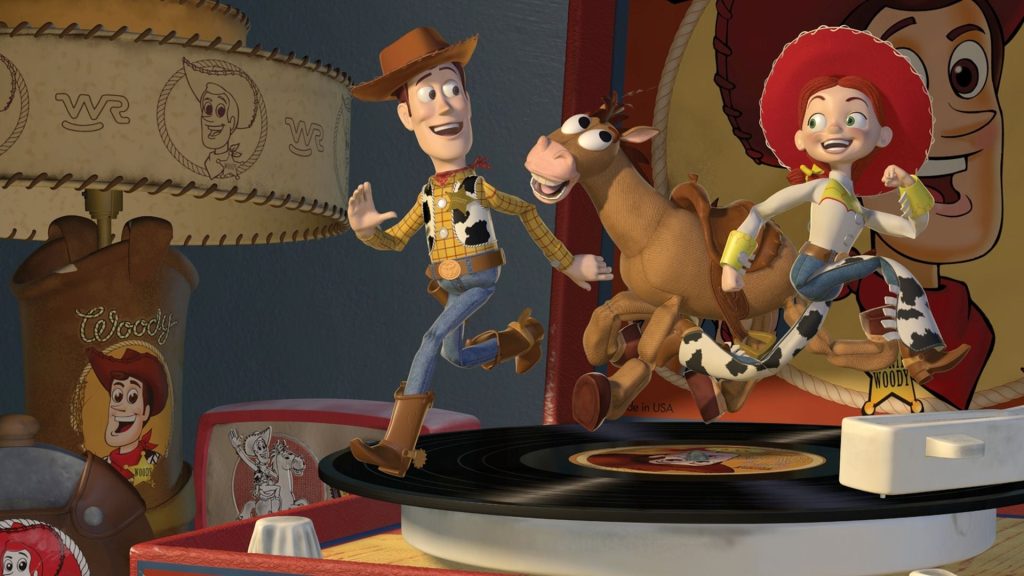
Toy Story 2 and The Incredibles are such disparate stories, but it’s almost a miracle that the 1999 sequel even exists. The original aim for the sequel was to follow the same track as the follow-ups to Disney’s Aladdin and The Lion King: exist solely as direct-to-video cash-grabs. But when Disney exec Joe Roth and others saw the story reels in late 1997, they realized they had an honest-to-goodness good film on their hands, and decided to send it to theaters for Thanksgiving 1999. As the still-fledgling studio was finalizing work on their sophomore effort, A Bug’s Life, Pixar couldn’t fully give Toy Story 2 the attention it deserved until the start of that year, and Disney refused to budge on a release date, meaning the entire story had to be overhauled to meet the studio’s own level of higher theatrical quality in record time.
Though this isn’t entirely unheard of in animation history – even the recent smash hit Frozen II went through extensive revisions, as depicted in the Disney+ docuseries Into the Unknown – the fact that Toy Story 2 went through such a dramatic retelling is jaw-dropping both because the end result doesn’t suggest a rushed or harried production and because the efforts that went into were Herculean. (In David Price’s 2008 book The Pixar Touch, he recounts a moment in which one exhausted animator accidentally left their infant in the back seat of a car at Pixar’s staff parking lot. The child was fine, but it served as a humbling reminder of how overworked the animators were.)
As Pixar fast approaches its 30th anniversary of releasing feature films, they’re also getting farther away from the films that not only defined them as a studio but also served as their very best titles. (It’s not that Pixar isn’t still making good films, but the early- and late-2000s run of WALL-E, Up, and Finding Nemo, among others, feels so far away.) For as many similarities as you can spot in various titles from the studio, The Incredibles and Toy Story 2 are almost as different as you can imagine. But in each film, you can see animators brushing up against what’s impossible to capture on screen and racing headlong into the unknown with stunning results.
“The Incredibles” and “Toy Story 2” are both streaming on Disney+.
